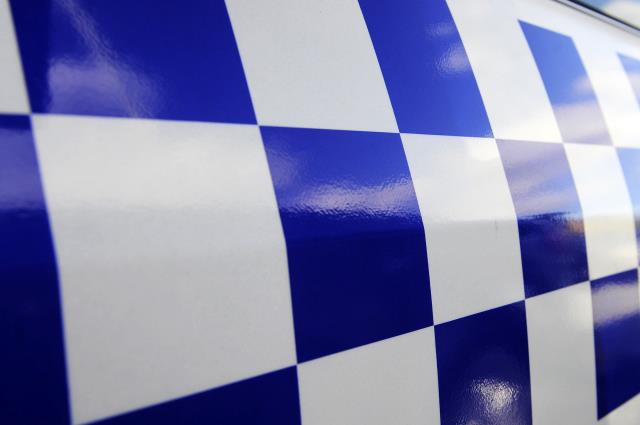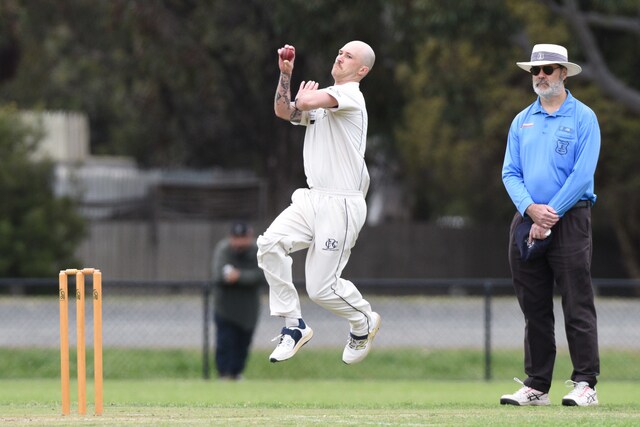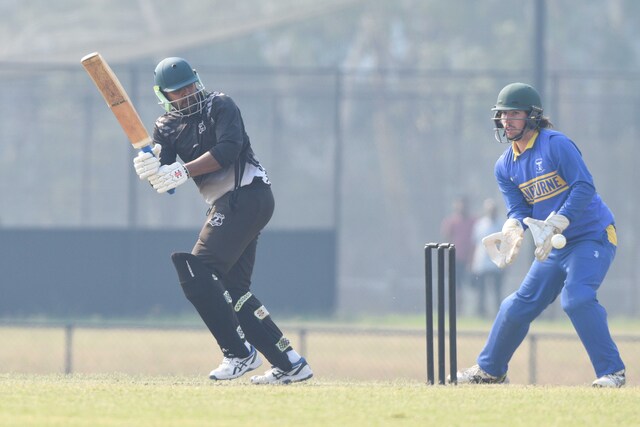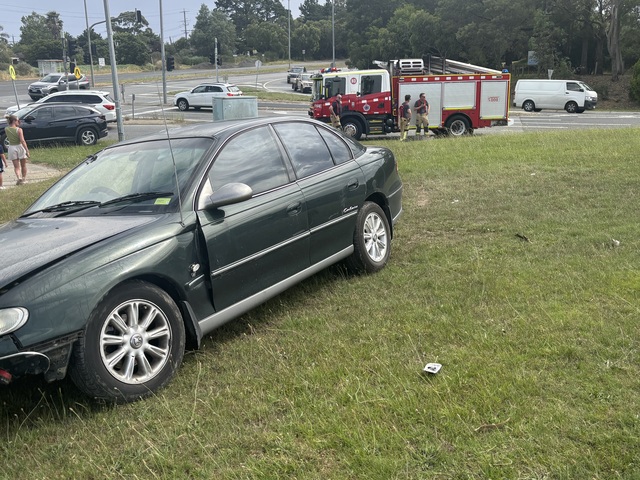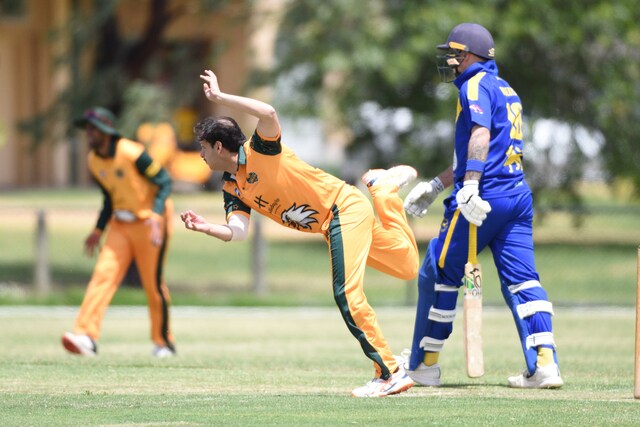A state coroner has released findings over the suicide of a 33-year-old armed man during a police siege in Blind Bight in September 2018.
The Clyde North father who had that day threatened to kill two former partners was cordoned by police on a rural property.
He was armed with a stolen sawn-off shotgun.
At the time, he was on a community corrections order for making threats to kill and possessing ice a month earlier.
He was also subject to intervention orders to protect the two ex-partners.
According to an ex-partner, his mental health had gone into decline due to relationship breakdowns, a child-custody battle and financial stress.
The six-hour operation involved 120 police members including the Critical Incident Response Team, Special Operations Group, Canine (K9) team and Airwing.
It started as a job to locate an armed, potentially suicidal man who might be a risk to his “in laws”. Later, there were details that suggested his ex-partners’ safety were under threat.
Earlier that morning, he’d allegedly broken into a home in Endeavour Hills and allegedly stole a diary thought to contain an ex-partner’s home address.
Police received separate reports from the man’s father and two ex-partners that suggested he had a gun, was in poor mental health and a safety risk to himself, his ‘in laws’ and ex-partners.
After 8am, the man’s mobile signals were located in Cannons Creek and appeared to be headed to a former partner’s address.
She was intially advised by police to stay inside and later to bring herself and her children to Narre Warren police station.
Police found the man’s apparently empty vehicle in a no-through road in Blind Bight.
About 10.25am, a ‘hot agg burg’ was reported nearby in which a resident barricaded himself in the bathroom.
As CIRT police cordoned off the rural property, the man posted on Facebook that police were “close by” and there may be a “live shootout”.
As a result, Special Operations Group police were deployed and safely rescued the victim-resident from his house.
About 11am, Airwing located the wanted man. He was armed and lying in shrubs about 40 metres from the house.
With an inner and outer cordon of police, CIRT negotiators tried to call the man’s phone but it was switched off. Police called out to him on a public address system but no response.
About 1.05pm, police deployed specialist surveillance equipment to deliver a mobile phone. The man damaged the surveillance equipment and then killed himself at the scene.
On 27 November, Coroner Leveasque Peterson found the man took his own life.
Peterson found the police command structure was “not as robust as it might have been” during the operation.
At times, operational directions were made by several senior officers rather than a single commander, including two contradictory directions.
“While I am satisfied that the operation to apprehend (the man) was not materially or adversely affected by this situation, it is easy to imagine operational situations that might be adversely affected by an insufficiently robust command structure.”

